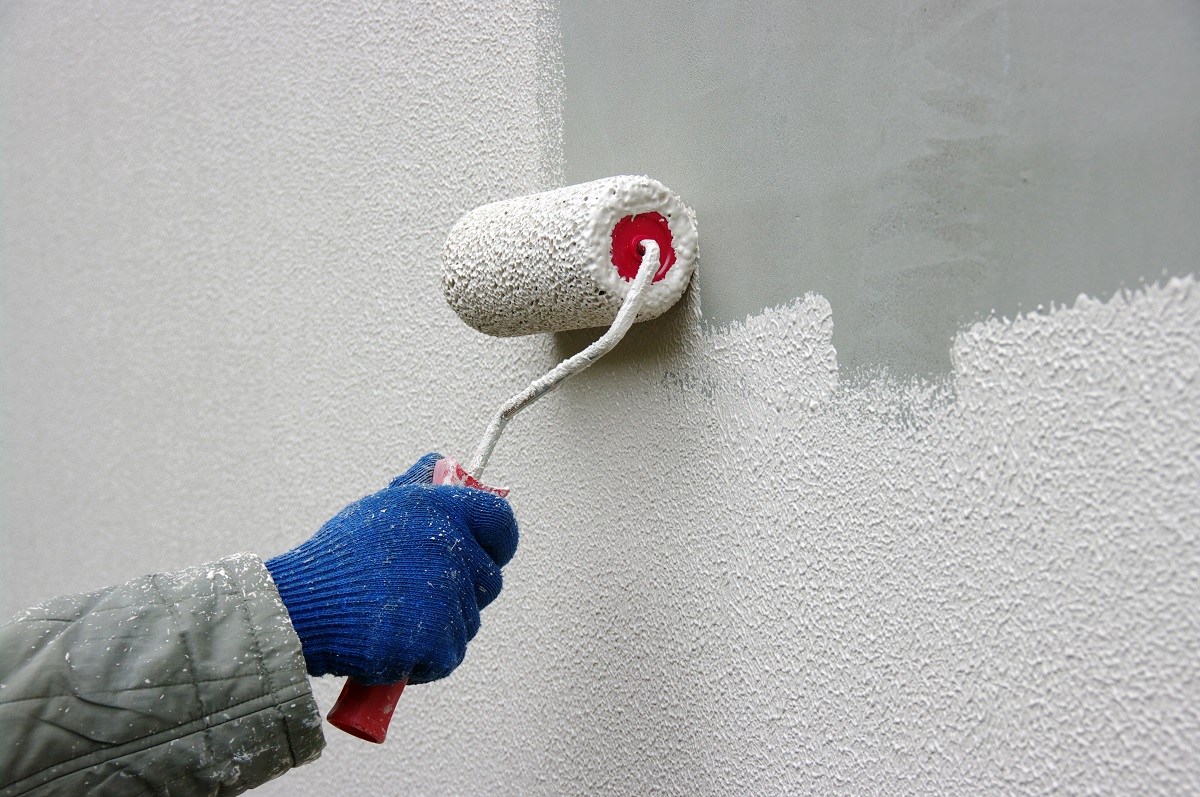In 2018, the global wallpaper industry was valued at around $26.9 billion with manufacturers and retailers around the world in the thousands. If you are suddenly looking for a new look for your home interior, replacing your wallpaper with paint is, of course, the next option.
The painter industry is also huge, with a total of $43 billion in revenues earned as of April 2019 in America alone. Getting access to suppliers and merchants won’t be a problem, with more than 323,000 businesses established all around the country. But repainting your home is not without challenges. There are many factors that you should consider before embarking on this home project.
The Preparation
 Choosing the paint that you’re going to use is part of the preparation and requires your brainpower only. But be ready to get down and dirty and with some muscle power as part of the preparation that you need to do is to scrape your wall, whether to remove an existing wallpaper or the older layer of paint. Make sure that you scrape and sand thoroughly areas that have cracks.
Choosing the paint that you’re going to use is part of the preparation and requires your brainpower only. But be ready to get down and dirty and with some muscle power as part of the preparation that you need to do is to scrape your wall, whether to remove an existing wallpaper or the older layer of paint. Make sure that you scrape and sand thoroughly areas that have cracks.
Make sure that you keep away furniture from the work area or have them covered to avoid dirtying them up. As you do this step, don’t forget to protect yourself from small debris and fumes. Wear protective goggles and a facemask.
Painting Your Walls
Good! You’ve stripped the wall clean, and you are now ready to splash on a brand-new paint. Here are a few things that you need to bear in mind.
- Timing is important. Remember the sign “wet paint”? The operative word there is “wet.” You need to wait for dryer weather before you start with this project. The apparent reason, of course, is that paints are wet, and they need to dry when you apply it on the wall. Humid and cold temperatures mean longer drying time, and your application will be prone to drips, which makes for an uneven and ugly finish.
- Don’t scrimp on tools. Invest in quality tools like roller covers and brushes. Higher quality brushes go well with excellent paint. You save time and cost because you usually do away with re-application, which often happens when you use bad brushes or roller covers. The same goes for painter’s tape. Make sure that you get a quality one.
- Use the right nap. No. This is not about you taking a break and a short sleep. A nap is how thick your roller fabric is. You need to use a thicker nap if your walls are rougher or have more texture. This also means that for smoother or glossier surfaces, you need to use a thinner nap.
- Primer. Before the advent of the more advanced paint mixture, applying a primer is an automatic proposition when painting walls. Doing away with primer only works when the surface is pristinely clean and smooth. If there are cracks, unevenness, or other problems with your wall, you need to go old school and apply a separate primer.
- Selecting colors. Colors have meanings. Red is believed to stimulate the appetite. A patch of red in your dining area might be a good idea. But remember that your selection must follow the overall design and theme of your home, whether you’re going for bolder colors or the more subdued pastel tones.
There are other basic principles to follow, like painting top to bottom or making sure that you’ve removed outlet covers and switches. While painting your home could be challenging and even messy, following these key ideas will make it easier for you, maybe even a bit enjoyable.
